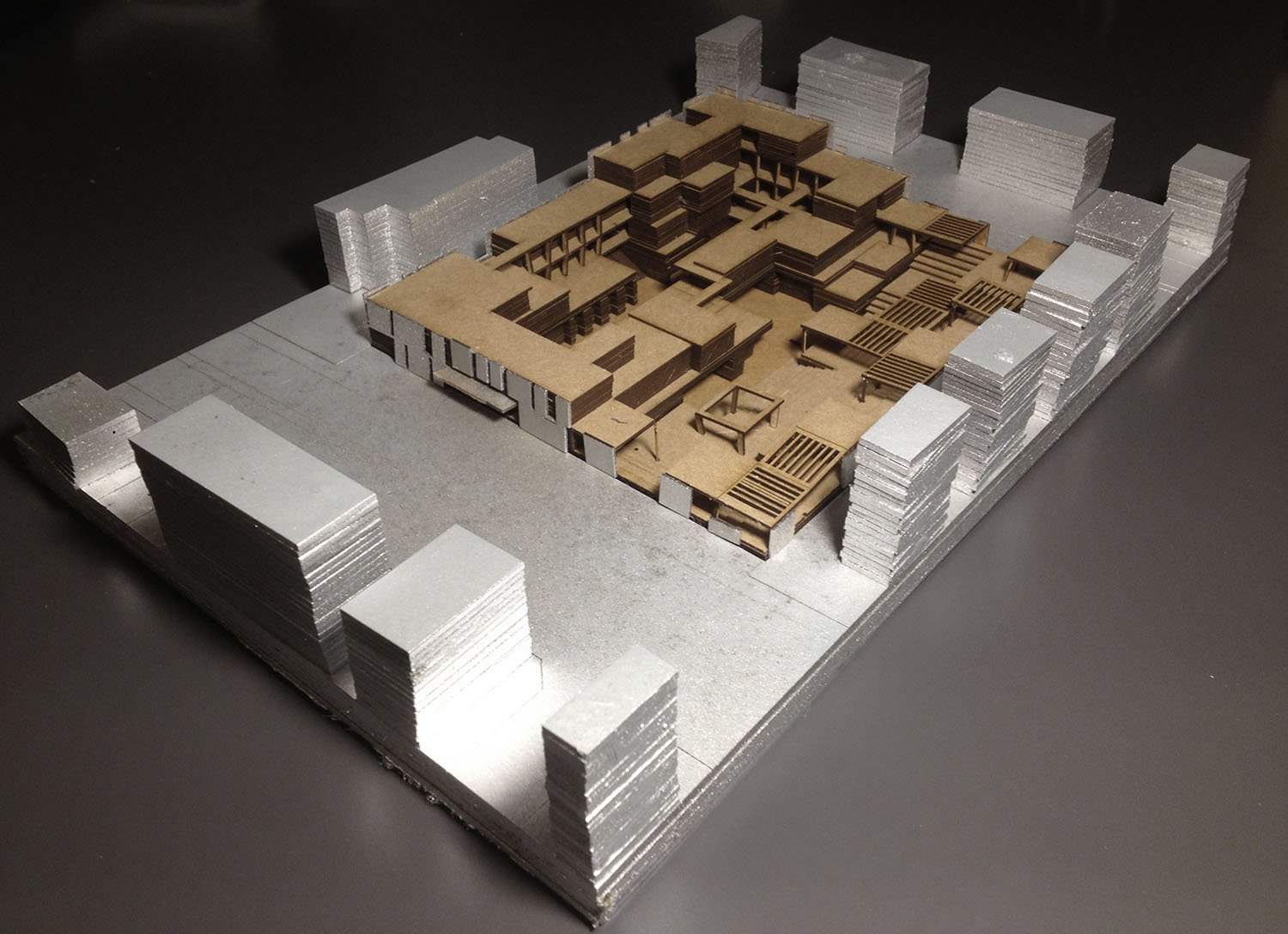Today, we are witnessing an extensive use of miniature house models at model expos and in HO-scale projects. These miniatures are representative depictions of houses on a terrain. They can shape the landscape and function as background structures in larger models. With the growing popularity of downsizing houses into miniatures, there are numerous ways to construct them, but certain dimensions and rules need to be adhered to.
What skill must be mastered?
To design a miniature, the model builder must master traditional methods of cutting, shaping, and even engraving depending on the material of the miniature house. A cutting mat is required to prevent cutting mishaps. A painting set should also be available to apply patterns and decorations to the walls, facade, and roof.
Once the parts are glued and assembled, it's time to create figures, furniture, and characters according to the client's preferences. Special attention is paid to the exterior of the house. Miniature house models can include a garage or an attached garden. Details and figures can be created using a 3D printer. In this case, it's the model builder's responsibility to master the relevant 3D software programs.
Role of Miniature House Models in Commerce
Miniature house models are highly useful in presenting real estate or railway projects. These reproductions allow for comprehensive visualization and facilitate the validation of the project concerning urban or landscape integration. Alternatively, miniature house models can be employed for promotional purposes, benefiting real estate developers. They encourage viewers to envision living in these houses, sparking their interest in making a purchase.





